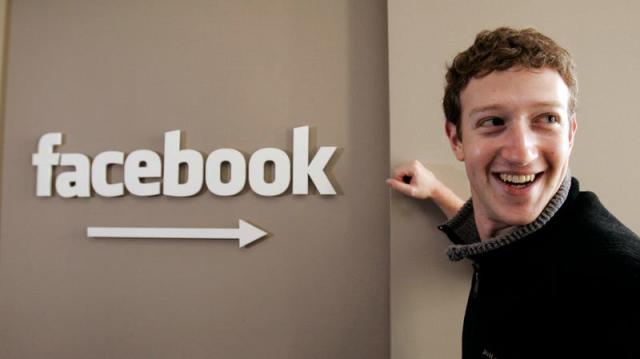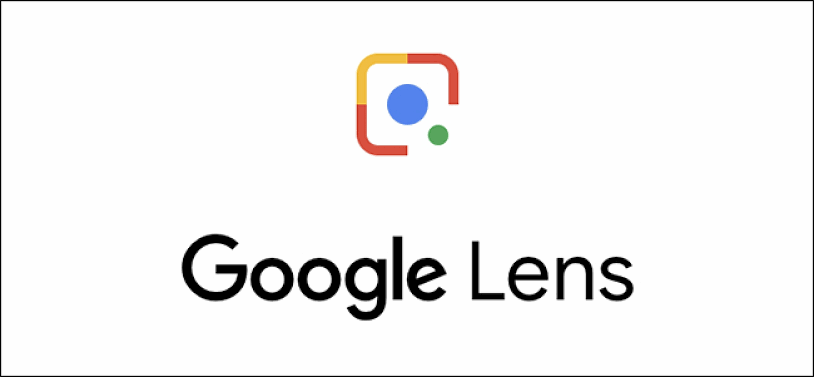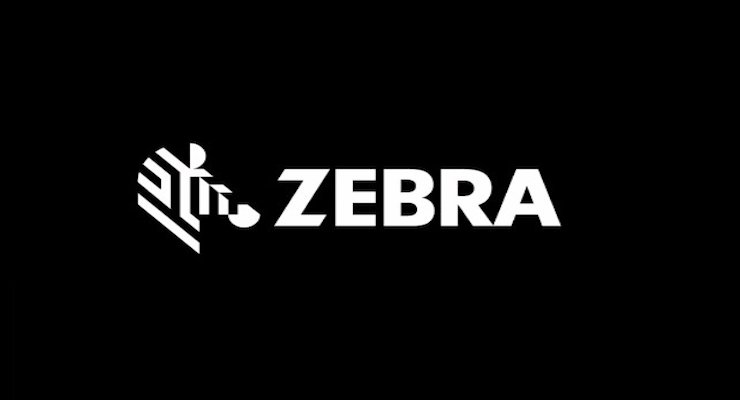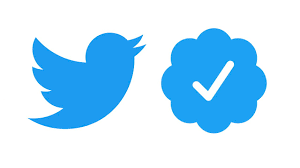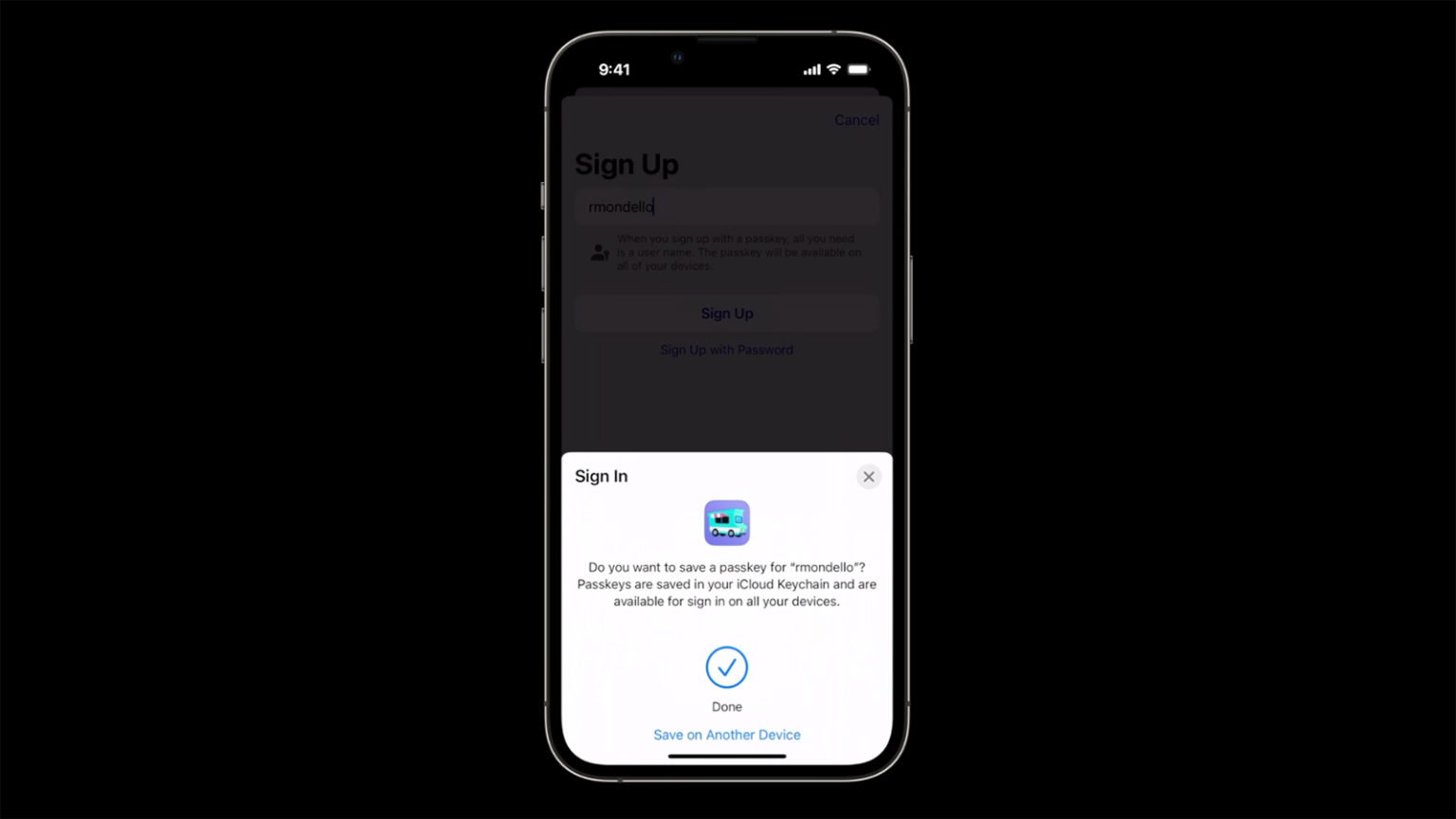Syinix Electronics, a producer of smart home appliances, has launched a new swallow maker to aid in the preparation of all varieties of swallow food. The Syinix Swallow Maker, the company’s first entry-level product, would assist Nigerians in preparing swallow foods and deal with the difficulties associated with doing so, including preparing foods like fufu, amala, pounded yam, semovita, and wheat, among others.
The most recent would make swallowing food preparation easier by using a fully automated process that requires minimal human work.
According to the company, the product was delivered on its promise of a “comfortability and relieved” life experience.
Justin Liu, Chief Operating Officer of Syinix Nigeria, said that the swallow maker is the first universally automated swallow food maker in the world while speaking at the product launch.
“Our brand’s vision is to provide African families with reliable products that seek to improve their value of life. It’s in the bid for continuous improvement that the Syinix Swallow Maker was birthed to keep improving the customers’ lifestyles and putting smiles on their faces through the creation of innovative home appliances with superior quality products,” Liu said.
“The Syinix Swallow Maker is here to save your time and energy; the machine encourages creative cooking and users can try a combination of ingredients and recipes with no health implications to consumers,” he said.
Syinix created the swallow maker to deliver on its promise of a comfortable and “relieved” life experience and allow families to truly live a quality life by quickly preparing their meals while still enjoying them.
Continuing, he said, “Syinix is a high-end home appliance brand with spread to more than 20 countries in Africa and its features of high quality and innovation are becoming increasingly competitive and promising in the African market in recent years”.
Liu emphasized that the all-purpose solution will indeed make cooking easier and less hectic while also reducing the time spent in the kitchen.
He added that the product has unique characteristics as well, such as an intricate automatic food processor that conserves time and energy.
“Our swallow maker is here to save your time and energy; the machine encourages creative cooking and users can try a combination of ingredients and recipes with no health implications to consumers”.
Read also: Smart TVs from LG Electronics will soon have NFTs
Variety Of Options To Can Make Swallowing Easier
The Syinix Swallow Maker is a versatile new innovation by Syinix designed to alleviate the hassle of preparing foods that Nigerians can swallow. It includes vital features such as an automatic intricate food processor that saves time and energy, as well as speedy preparation and a reduction in the amount of time spent in the kitchen.
The transparent view window on the top offers vision while the exhaust valve is designed to allow automatic evaporation of food vapor to ensure the smooth release of ingredients from the machine while consumers can witness the ingredients combining process until it is ready to serve.
It is also easy to clean and has a straightforward inside for easy separation after use.
The glass lid view window allows users to observe the ingredients combining process until it is ready to serve, and the exhaust valve is designed to enable automated evaporation of food vapor to ensure smooth release of ingredients from the machine whereas users can watch the ingredients combining process until it is ready to serve.
About Syinix
Syinix is a well-known home appliance manufacturer that strives for new practical design and more exquisite detail in its products. Furthermore, its finished design is packed with modest and basic lines, allowing it to assist its clients in restoring a friendly family.
The Syinix Swallow Maker is available from the Syinix official store, as well as at any SPAR mall or Cash N Carry location.

